Several years ago, specifically during training, I noticed that I was having terrible spasms throughout my upper and lower back. Knowing I had a family history of Rheumatoid arthritis and specifically Ankylosing spondylitis, I made arrangements to see my family doctor. This disease is thought to be auto-immune, so I could only hope there was something I could do to relieve my symptoms and allow me to train regularly. Upon confirmation I had the proper genetics, a diagnosis was made that I had begun to feel the effects of this disease which will eventually rob my spine of its ability to bend and turn. Feeling distraught, and having had the suggestion to go to a hot yoga class at least a half a dozen times, I decided to take a leap of faith. This is not before I had decided to undergo a series of twice a month injections of a popular anti rheumatism drug, which side effects include some nasty stuff. My first Bikram style Yoga class was certainly not what I expected (Bikram’s Beginning Yoga class is a set of 26 postures and 2 breathing exercises in a controlled environment). As a physically fit 40 something, with many years of athletics under my belt, a regular martial arts practice and cross training in mountain biking for cardio, I thought yoga was for “hippies” and “older overweight women”. My first class was very physically challenging and I was NOT prepared for this type of exercise. Ninety minutes in a room heated to 104 degrees with about 40% humidity. Doesn’t seem like much, as I have been training for 2 hours in the same conditions for most of my life. The difference I found was in my expectations for myself. Instead of being able to master these easy beginner poses (asanas), I was fraught with inability and my mental state went from I can do this to, why am I doing this in a matter of 20 minutes. Begging for the end, and some water, I have to say I took a knee several times, almost lost my balance even more and desperately wanted the ride to be over. However, this seemingly insurmountable experience, humbled and intrigued me at the same time and I decided to try Bikram’s Hot Yoga again. (Mostly to get my intro week’s money’s worth)
The difference I found was in my expectations for myself.
After the first week, and the inability to finish a class, I needed more, so 5 more classes were purchased. This process repeated many more times until I came down with a terrible side effect from the medication I was taking. You see the goal was to take the medication for a year and get off while increasing the yoga practice. I was hooked after the first class, because I wanted to win yoga. Not realizing that, like martial arts, it is a practice intended to be practiced for a lifetime. This is the great parallel, the perfect compliment. To me, the practices are the opposite sides of the same coin. Both are used for preservation of the mind and body. The rigorous effort applied in training will serve you in other areas go your life. The physical benefits to both practices include, better 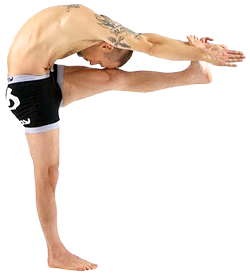 flexibility, cardiovascular conditioning, improved balance and coordination, and in both cases the physical activity squeezes the lymph glands in the neck, shoulder and groin areas which help the body remove toxins. Mentally, both practices, improve focus, self control, listening skills, and destroy the ego so that you may become a better person. So you see how it makes the transition from one to the other not only very seamlessly but in my case I think necessarily. I do not want to put down other traditions of yoga as there are several that are equally as challenging if a Bikram studio is not close by, specifically, Ashtanga and Iyengar methods. The reason I personally stay away from the power yogas or the Vinyasa flows are very simple. These traditions are modern interpretations of yoga sequences just put together in random order. They can surely be challenging. To use a karate analogy, we have certain prescribed forms called “kata”. These kata were put together by master level instructors many years ago and have withstood the test of time due to their effectiveness. Who are we to change the order, or even yet, just bypass them and make up our own. Isn’t it likely we can add flashier movements, make them longer and more challenging than something that is 24 or 26 movements long?? This is done all the time by martial artists on the open tournament circuits, however, if one truly understood the intentions of the old masters, then they would see the originals were all that would be needed. No need to reinvent the wheel.
flexibility, cardiovascular conditioning, improved balance and coordination, and in both cases the physical activity squeezes the lymph glands in the neck, shoulder and groin areas which help the body remove toxins. Mentally, both practices, improve focus, self control, listening skills, and destroy the ego so that you may become a better person. So you see how it makes the transition from one to the other not only very seamlessly but in my case I think necessarily. I do not want to put down other traditions of yoga as there are several that are equally as challenging if a Bikram studio is not close by, specifically, Ashtanga and Iyengar methods. The reason I personally stay away from the power yogas or the Vinyasa flows are very simple. These traditions are modern interpretations of yoga sequences just put together in random order. They can surely be challenging. To use a karate analogy, we have certain prescribed forms called “kata”. These kata were put together by master level instructors many years ago and have withstood the test of time due to their effectiveness. Who are we to change the order, or even yet, just bypass them and make up our own. Isn’t it likely we can add flashier movements, make them longer and more challenging than something that is 24 or 26 movements long?? This is done all the time by martial artists on the open tournament circuits, however, if one truly understood the intentions of the old masters, then they would see the originals were all that would be needed. No need to reinvent the wheel.
 flexibility, cardiovascular conditioning, improved balance and coordination, and in both cases the physical activity squeezes the lymph glands in the neck, shoulder and groin areas which help the body remove toxins. Mentally, both practices, improve focus, self control, listening skills, and destroy the ego so that you may become a better person. So you see how it makes the transition from one to the other not only very seamlessly but in my case I think necessarily. I do not want to put down other traditions of yoga as there are several that are equally as challenging if a Bikram studio is not close by, specifically, Ashtanga and Iyengar methods. The reason I personally stay away from the power yogas or the Vinyasa flows are very simple. These traditions are modern interpretations of yoga sequences just put together in random order. They can surely be challenging. To use a karate analogy, we have certain prescribed forms called “kata”. These kata were put together by master level instructors many years ago and have withstood the test of time due to their effectiveness. Who are we to change the order, or even yet, just bypass them and make up our own. Isn’t it likely we can add flashier movements, make them longer and more challenging than something that is 24 or 26 movements long?? This is done all the time by martial artists on the open tournament circuits, however, if one truly understood the intentions of the old masters, then they would see the originals were all that would be needed. No need to reinvent the wheel.
flexibility, cardiovascular conditioning, improved balance and coordination, and in both cases the physical activity squeezes the lymph glands in the neck, shoulder and groin areas which help the body remove toxins. Mentally, both practices, improve focus, self control, listening skills, and destroy the ego so that you may become a better person. So you see how it makes the transition from one to the other not only very seamlessly but in my case I think necessarily. I do not want to put down other traditions of yoga as there are several that are equally as challenging if a Bikram studio is not close by, specifically, Ashtanga and Iyengar methods. The reason I personally stay away from the power yogas or the Vinyasa flows are very simple. These traditions are modern interpretations of yoga sequences just put together in random order. They can surely be challenging. To use a karate analogy, we have certain prescribed forms called “kata”. These kata were put together by master level instructors many years ago and have withstood the test of time due to their effectiveness. Who are we to change the order, or even yet, just bypass them and make up our own. Isn’t it likely we can add flashier movements, make them longer and more challenging than something that is 24 or 26 movements long?? This is done all the time by martial artists on the open tournament circuits, however, if one truly understood the intentions of the old masters, then they would see the originals were all that would be needed. No need to reinvent the wheel.So the side effects of taking yoga and adding it to my weekly practice have been nothing short of extended training time, less injury, more strength at the core level (functional muscle comes first then ornamental muscle), the ability to withstand the heat better in other forms of activity, increased lung capacity, less aches and pains (there is no build up of lactic acid in a Bikram yoga class due to oxygen exchange at the cellular level combined with the final breathing exercise which removes lactic acid), better grip strength, more awareness of the self, and a better overall feeling towards others. Again, as martial artists, we are not looking to go out into bars and start fights, a side effect of training in martial arts gives us a confidence that, if encountered with a bad situation, we can negotiate it. A side effect of hot yoga training, is compassion for those around us who cannot touch their toes, or bend down to put their shoes on. In fact, personally I am blown away by the number of people who are not able to touch their own toes. In a world full of forward bending, cell phones use, tablet use, personal computer use (a-hem), driving, sitting in a classroom, etc we are encouraging our spines to compress upon themselves. Postural, we are a wreck. Martial arts training stresses postural and structural alignment, yoga enforces it. Martial arts training stresses proper form, yoga enforces it. Martial arts training stresses the killing of the ego, yoga enforces it. Both practices are ancient methods and both are the opposite side of the same coin, The perfect compliment.

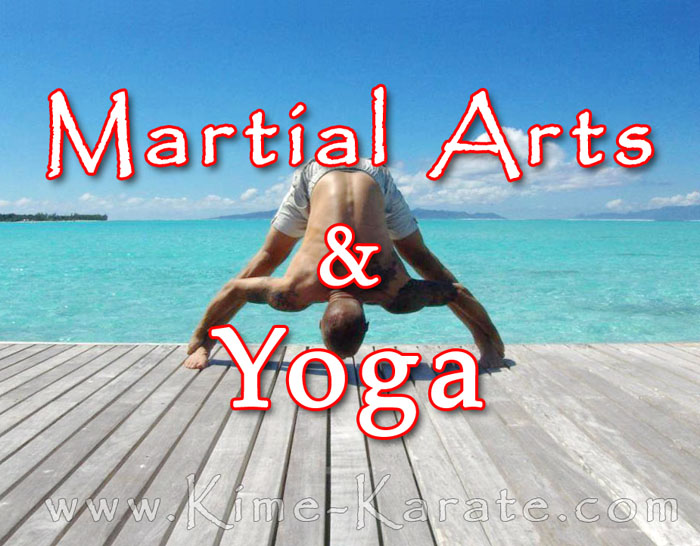
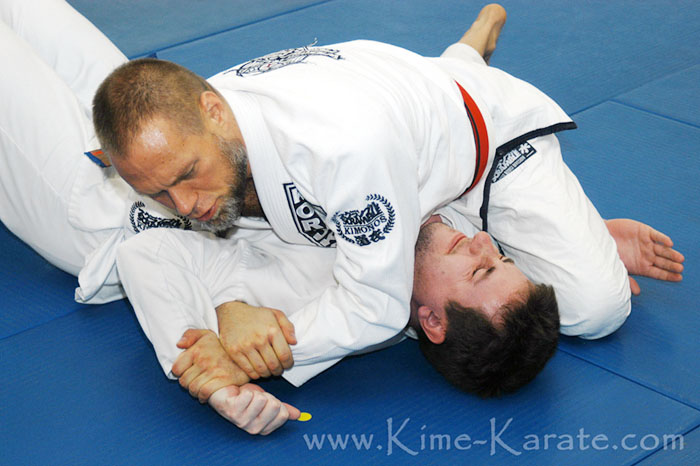
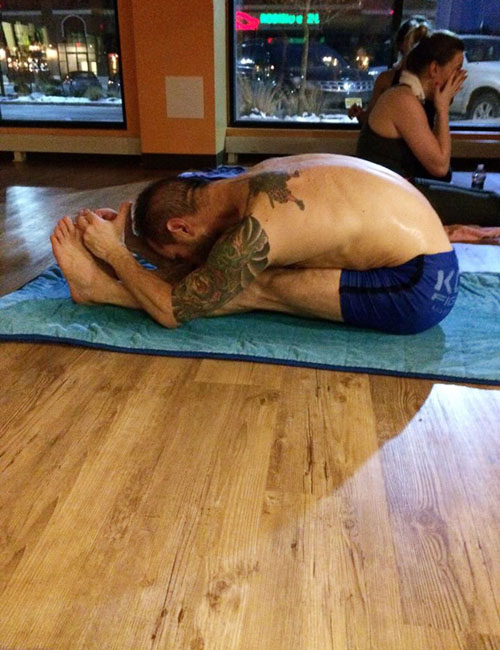
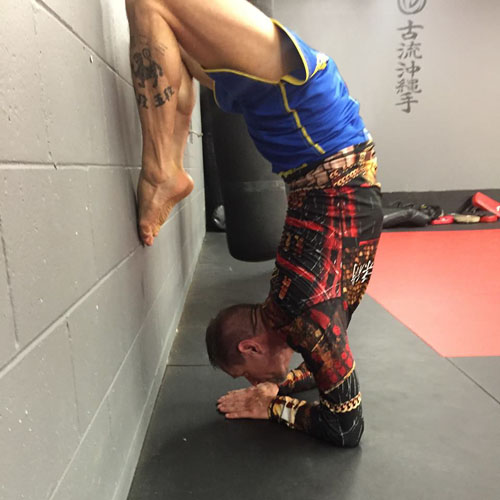
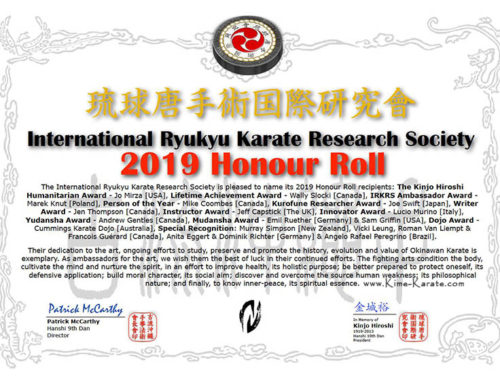
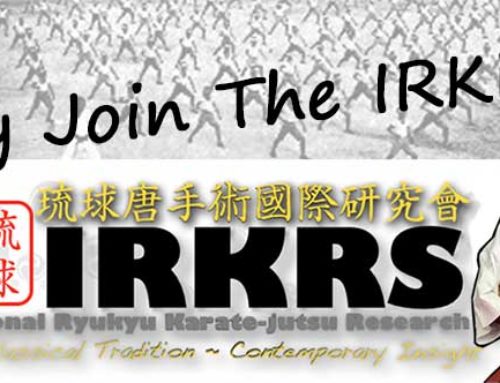
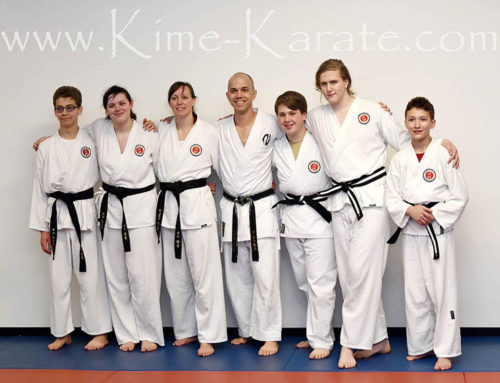
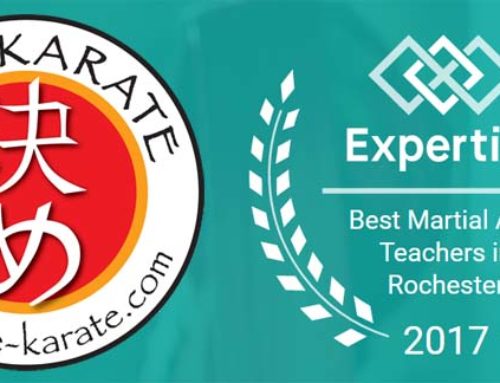
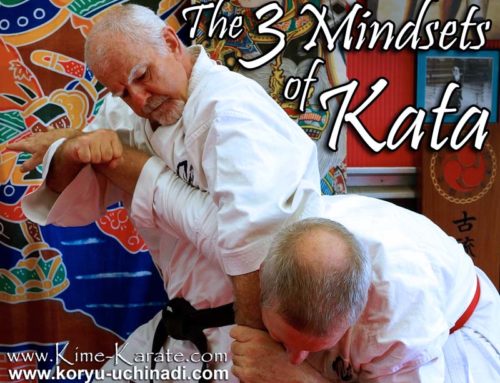

Leave A Comment
You must be logged in to post a comment.